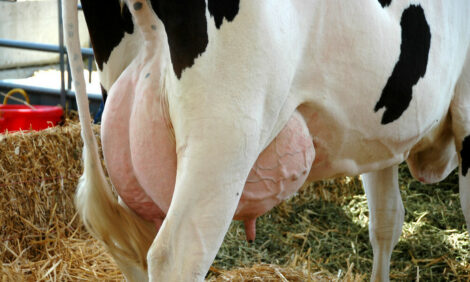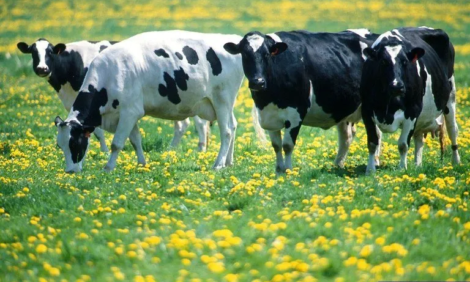



Prices Stay High in Difficult Times
ANALYSIS - There have been some unusual movements in the global agricultural and livestock markets recently, writes TheMeatSite editor in chief Chris Harris.It seems that the pig and beef sectors around the world are seeing fewer slaughter numbers and higher prices.
And these trends look likely to continue for some time, particularly as they have been affected by reductions in the pig and cattle herds.
In the US, market analysts Steve Meyer and Len Steiner reported that the CME live prices are nearing record highs at $124.90/cwt and the cut out prices for Choice beef has hit $196.64/cwt.
While in the past, spikes in prices have been followed by swift fall, it is felt that the strong prices are likely to continue for the next two years.
Much of the reasoning behind the forecast is not only a drop in slaughter numbers in the US, but also slaughter weights and beef production in general, which is 3.8 per cent lower than a year ago.
There is a similar picture north of the border in Canada, where there is a continued drop in the Canadian beef herd combined with the reduced supply from the US.
The Alberta government reports that the rise in cattle prices that started in 2010 has continued throughout this year, bringing a smile back onto the faces of the Canadian beef producers.
Prices for prime feeder cattle have now reached around C$161/cwt - levels not reached since 2003.
Across the Atlantic, the European cattle trade is strong and over the last year it has achieved what a few years ago in the face of falling cattle numbers would have been thought to be impossible - a beef surplus.
For the first eight months of the year, the EU exported around 200,000 tonnes of beef more than it imported.
One of the main reasons has been the change around in the global financial situation, particularly the rising values of the South American currencies compared to the EU and even the US.
This has led to the major beef producing countries in South and North America and Australia seeing prices around the EU level of between €3.50 and €3.80 a kilo.
While this has levelled out prices, the South American market has still been hit by concerns over sanitary controls from the EU market and imports of Brazilian beef have dropped to just 80,000 tonnes. In 2007 they were 363,000. Similarly Argentina, that has also seen domestic government restriction son it beef exports, has seen exports to the EU drop by two thirds to 42,000 tonnes from 122,000 tonnes.
The pig sector in North America - both the US and Canada - has already seen a sharp reduction in the breeding herd, and this has brought about a reduction in sow slaughter.
Steve Meyer believes that when the USDA produce figures in December on the latest state of play for the pig sector, the breeding herd will appear reasonably stable.
While some producers have reduced their sow numbers, particularly if they wanted to concentrate on the presumed profits from corn and soybeans, others have retained gilts. However, with a stable breeding her, the US has seen output grow and the increased output is expected to be carried over into 2012.
Going forward, prices in the US are still going to be affected not only by numbers, but also feed prices, fuel prices and currency fluctuations. The present economic situation will have a far reaching impact well into next year and beyond and this situation will also be reflected in Europe.
For instance at present, in Europe, pig prices have remained high and processing companies are starting to gear up for the Christmas boom in the pig trade.
Coming into 2012 they too will be affected by what happens to the global economic picture and in turn domestic economies are also going to be affected by agri-commodity market speculation and fluctuations.
In the UK on Tuesday (29 November) in the Chancellor of the Exchequer's autumn statement, George Osborne, warned that much of the future success for the UK's recovery depended on what happens on both fuel and agriculture and food prices.
This is not only a concern for the UK economy but every economy trying to reduce its deficit and balance the books.



